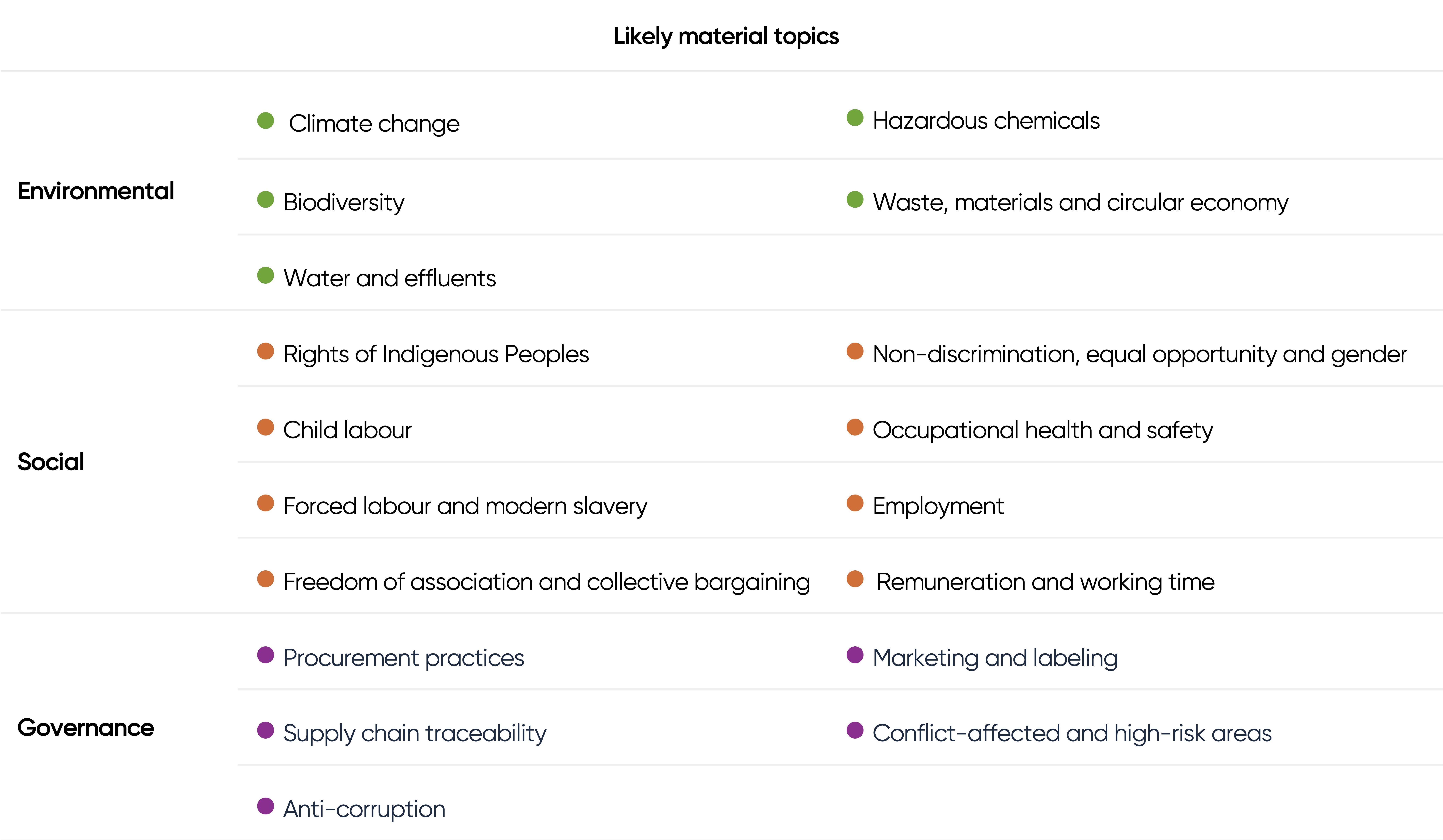How GRI’s textile and apparel standard aims to raise the bar in fashion transparency
The Global Reporting Initiative (GRI) has initiated a public comment period for the exposure draft of its new Textiles and Apparel Sector Standard. This marks a step toward improving sustainability reporting in a sector known for its high environmental and social costs.
The GRI Sector Standards are created to improve the quality and consistency of reporting across organisations by identifying common material topics in a given sector. It allows companies to report their sustainability impacts across the full value chain through sector-specific disclosures. The Textiles and Apparel Sector Standard is aimed towards the manufacturing and retail of textiles, apparel, footwear and accessories.
The Global Sustainability Standards Board (GSSB) announced the textile and apparel sector project in 2023, calling for multi-stakeholder representatives from across labour, business and investment organisations to provide technical advice.
Need for textile and apparel sector-specific standard
As textile production is estimated to reach 145 million tonnes by 2030, there is a clear need for a sector-specific standard for companies working in the fashion industry. In 2019, the GSSB categorised 40 high-impact sectors under its GRI Sector Program, with textiles and apparel placed in Group 1 – the highest priority group – due to the sector's significant sustainability impacts.
The sector faces persistent challenges on both social and environmental fronts, including human rights violations across producing countries in the Global South, excessive waste generation, high water usage and production of up to 8% of global GHG emissions.
According to the GRI Chief of Standards, Bastian Buck, negative impacts disproportionately affect poor and vulnerable populations. They can be traced in all levels of the value chain, including sourcing, material processing, manufacturing, final assembly and distribution.
Gap in the fashion industry
Many companies fail to report adequately on key sustainability topics despite the wide-ranging impacts. The 2024 Fashion Reporting Maturity Index, which analysed 30 global fashion brands, revealed that many of these brands overlooked some of the most common material issues for the sector, such as human rights, supply chain management, sustainable materials and employee health and safety.
The new GRI draft standard addresses these gaps by guiding companies to report comprehensively on sector-specific ESG issues. The GRI exposure draft identifies 18 key sustainability topics likely to be material in the textile and apparel sector (see below).

Next steps
The standard is designed to highlight the most significant impacts within the sector, which many current reports do not fully meet. The public comment period for the exposure draft is open until 28 September 2025, with the final standard expected to be released by mid-2026.
What do you think? Will the GRI Textile and Apparel Sector Standard raise the bar for sustainability reporting in the fashion industry?
Sources:
- European Parliament: “The impact of textile production and waste on the environment”
- Global Reporting Initiative: "GRI Sector Standard Project for Textiles and Apparel – Exposure draft"
- Global Reporting Initiative: “GRI Sector Program – List of prioritized sectors Revision 3”
- Global Reporting Initiative: “Progress on textiles and apparel sustainability standard”
- Koan Labs: “2024 Fashion Reporting Maturity Index”
- United Nations: “Fast fashion fuelling global waste crisis, UN chief warns”
Get comfortable, there’s more
If you enjoyed this article, there's plenty more media to get your mind into.
Sign up to our newsletter
and we'll report back to you with industry news and updates you'll actually want to know.





